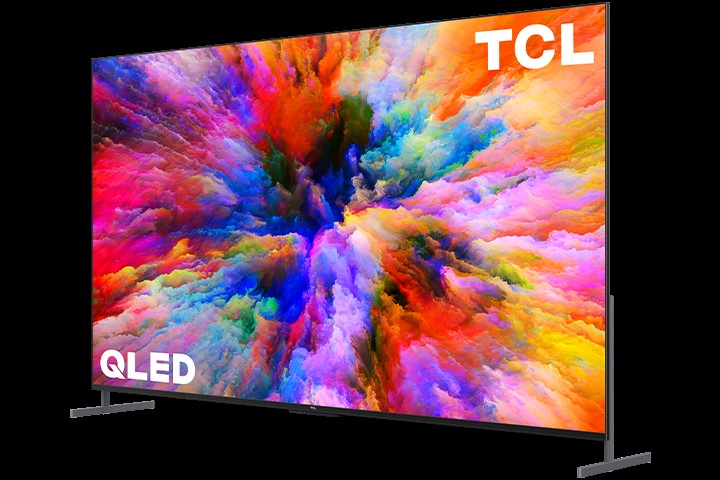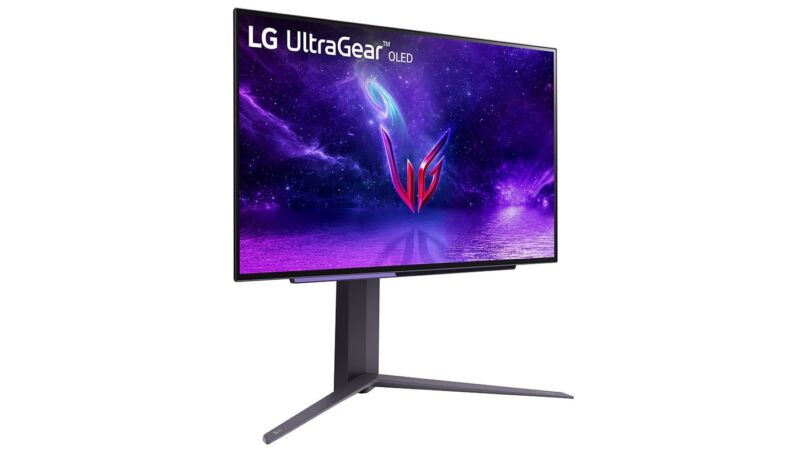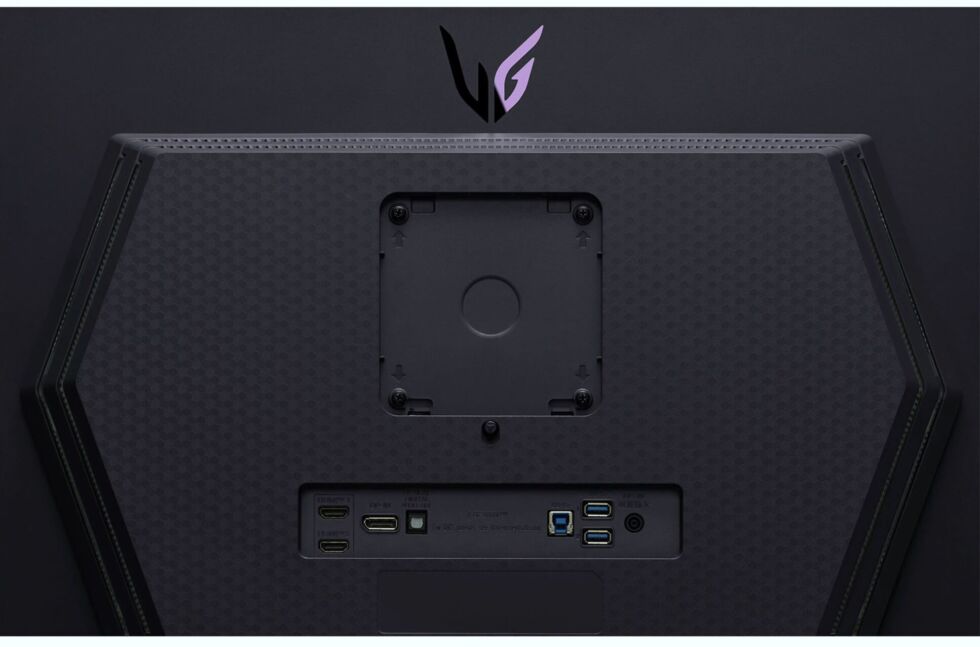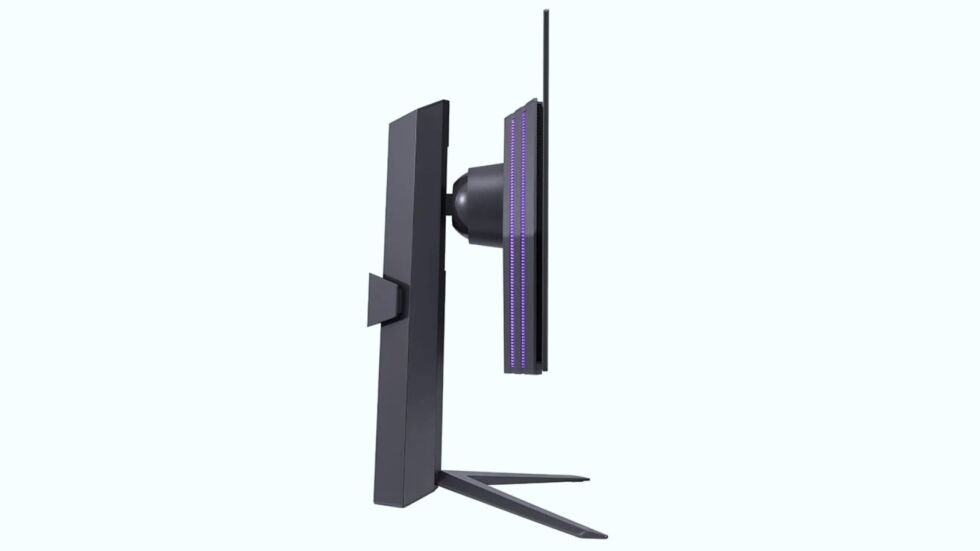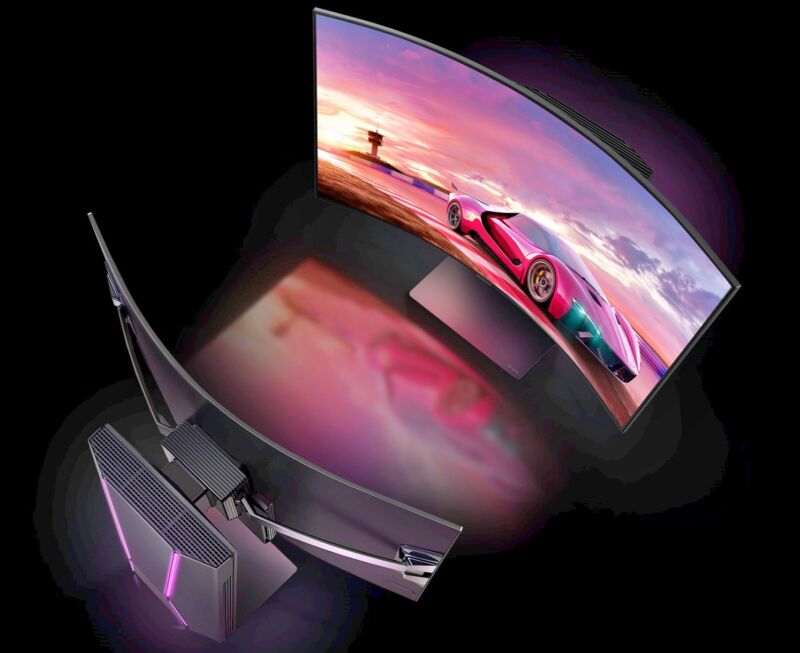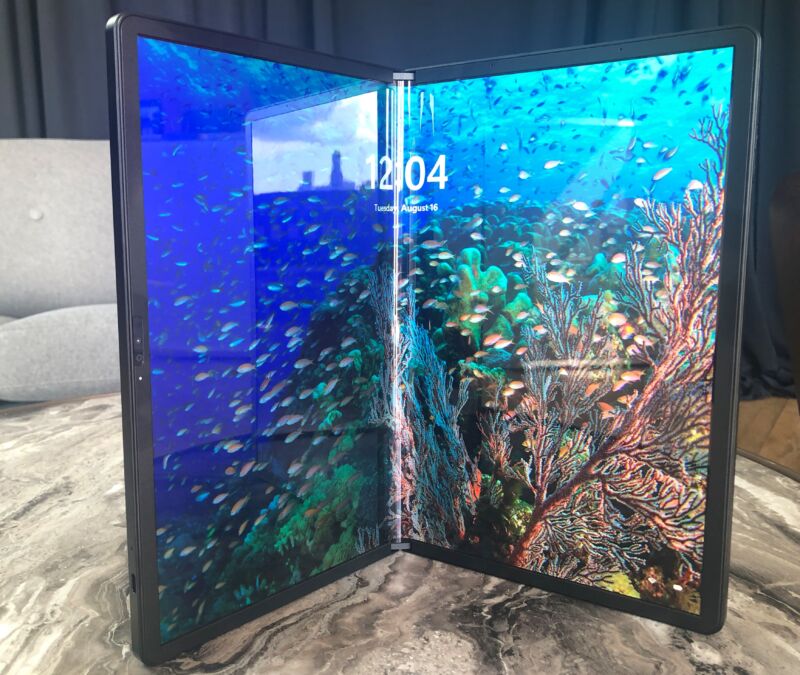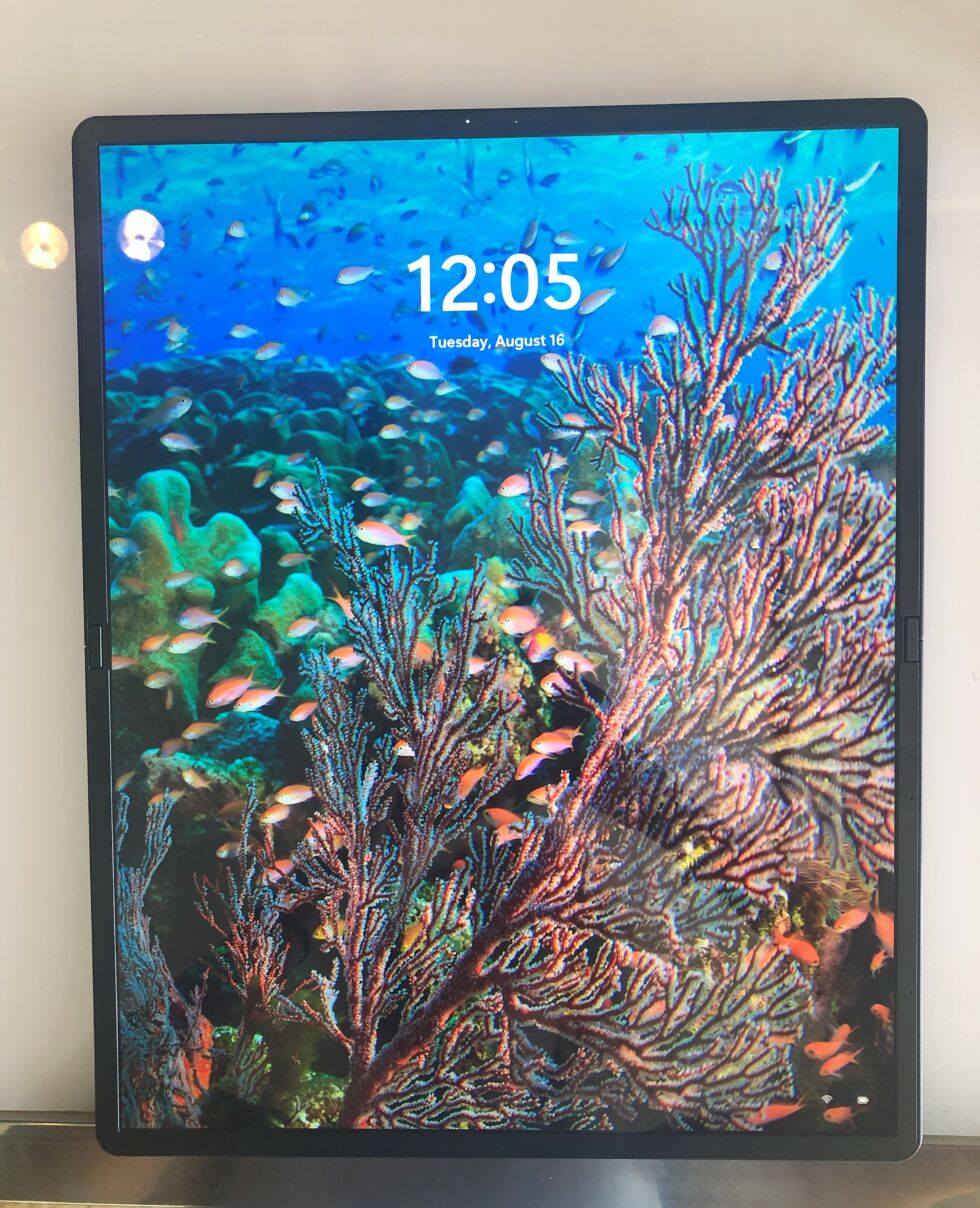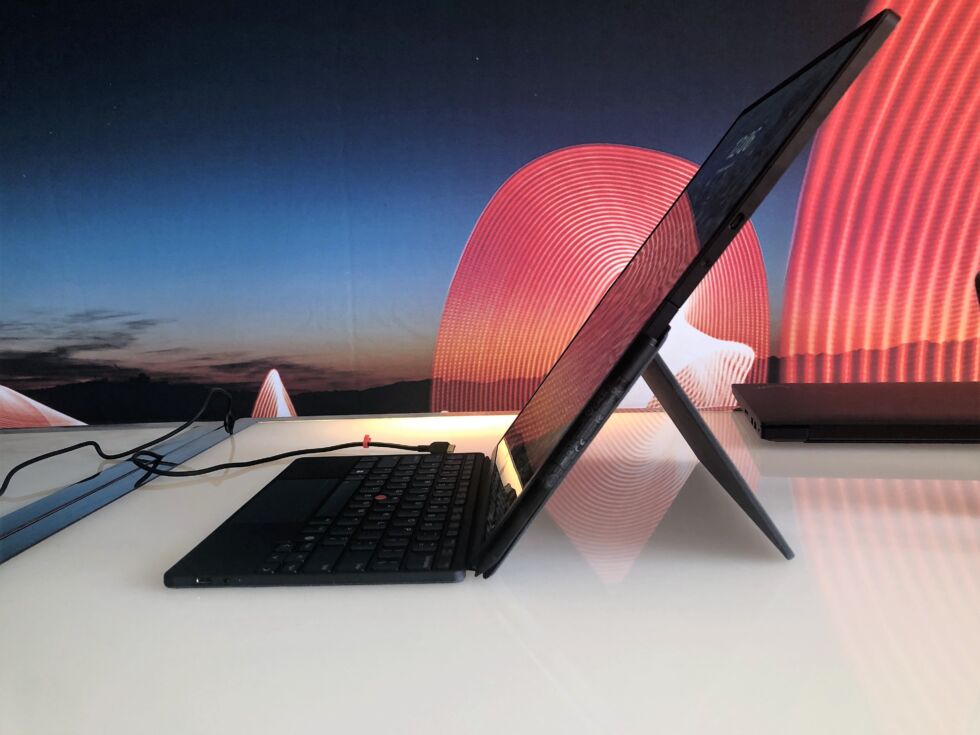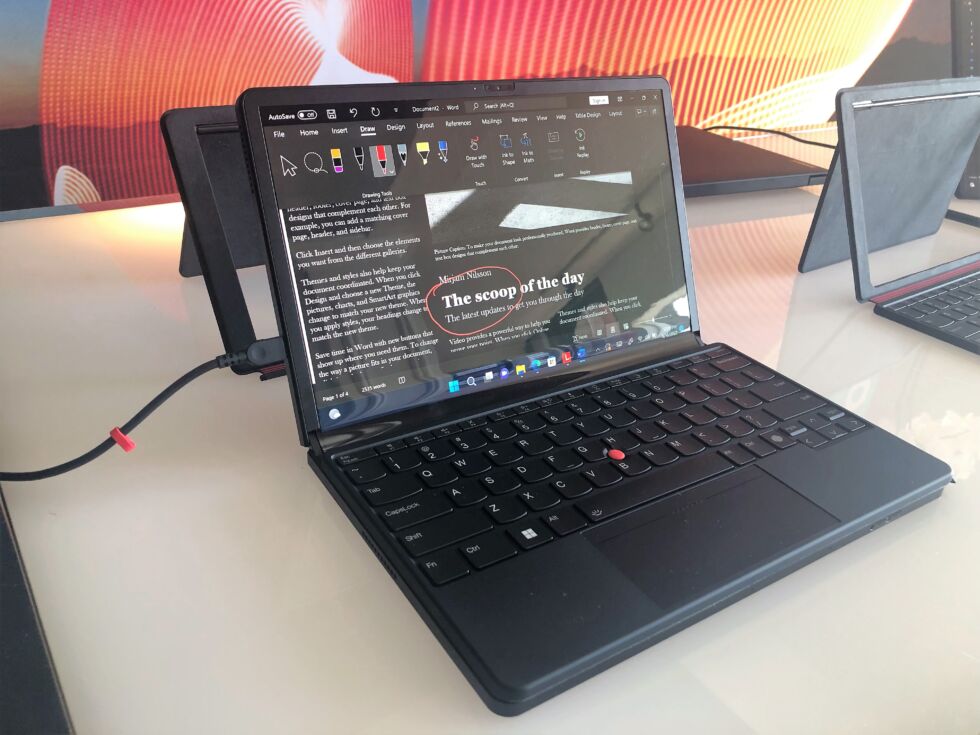GoldenEye can’t distract from Switch retro games’ most annoying pitfall
Today marks the long-awaited rerelease of the Nintendo 64 classic GoldenEye 007 on the Nintendo Switch. As was announced before the launch, the game supports widescreen. When I learned that, my first thought wasn’t “Oh, nice!” Rather, it was “OK, but what about the rest of the library?”
To be clear, there’s no easy way to make old 4:3 games fill up a modern 16:9 aspect ratio, and that’s not something I would recommend in this case. But the solution used by the rest of the library of old games running within the Nintendo Switch Online service—enclosing every game in horribly distracting and potentially destructive gray borders—is, well, awful.
So as Nintendo finally adds one of the most beloved Nintendo 64 games to Switch Online, allow me a moment to vent some frustration on behalf of many players.
Give players the choice
Players have been complaining about the mandatory gray borders since the launch of the Switch’s subscription-based classic game library back in 2018, but Nintendo has never done anything to change it.
While I have trouble imagining actually wanting those borders, choice seems key here. Players who enjoy the same NES, SNES, Genesis, and Nintendo 64 games in emulators on Windows or Linux PCs, Macs, Android phones, and other devices can choose whether to include a border or to simply display black letterboxing on either side of the image. Even among retro collections released by most other publishers, players are usually given a choice. For example, Sega’s recent Sonic Origins collection infamously did a lot of things terribly wrong on the emulation and presentation front, but it at least got this part right.
I’m often the first to defend the notion of a developer or artist’s intent with a game, but since this feature is used across numerous games from several developers, that’s not a factor here.
Part of the frustration stems from the fact that it seems like such an easy change to make. Granted, players often believe that issues in games can be easily fixed, even when that’s not true. Some gamers who don’t understand what goes into making games have taken to Internet forums to insist that it would take just “a day or two” to add multiplayer to any given single-player game. (That is definitely not the case.) But speaking as a developer myself, in this case, the requested change really would be easy.
To my knowledge, Nintendo has never shared its justification for this choice, but it’s surely at least that: a deliberate choice.

The OLED problem
For many people, the border comes down to personal preference, but for others, it’s a more pressing concern. Folks using TVs that rely on technologies that carry burn-in risk find Nintendo’s approach particularly frustrating. On modern OLED or older plasma TVs, there’s always a risk that static elements on the screen could permanently scar the TV’s image, even after different content is displayed. It takes a lot for that to happen on the latest OLEDs, but models from even a couple of years ago carry a higher risk.
The border is the same for every game in the Nintendo Switch Online catalog, so players who spend a lot of time on one of those TVs playing retro games on the Switch may find themselves anxious about doing damage to their expensive screens. OLED TVs make up anywhere from a third to half of premium TV shipments, depending on the region. That’s not a small number of TVs that are potentially at risk, and the market share is growing every year.
One of Nintendo’s Switch models even has a built-in OLED display, but it hasn’t been on the market long enough to determine if problems will arise. Plus, the borders undermine that model’s main advantage: perfect black levels.
A widescreen mode largely bypasses this problem for GoldenEye 007 on the Switch, but switching between that game and other Nintendo 64 titles just makes the borders in the latter stand out all the more.
So this is one more request, added to a mountain of pleas over almost half a decade: Nintendo, please let us get rid of that awful gray border on Switch Online retro games.
https://arstechnica.com/?p=1912743
